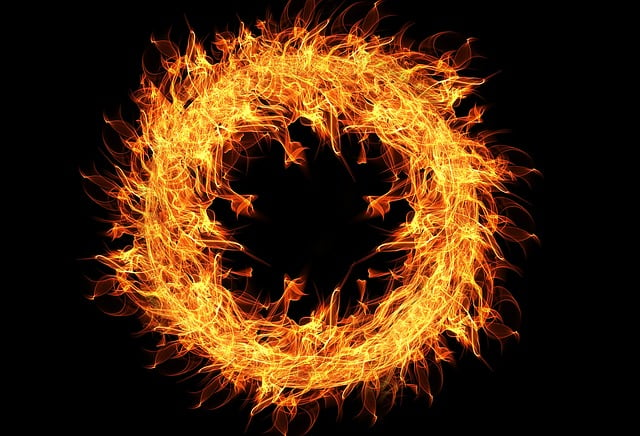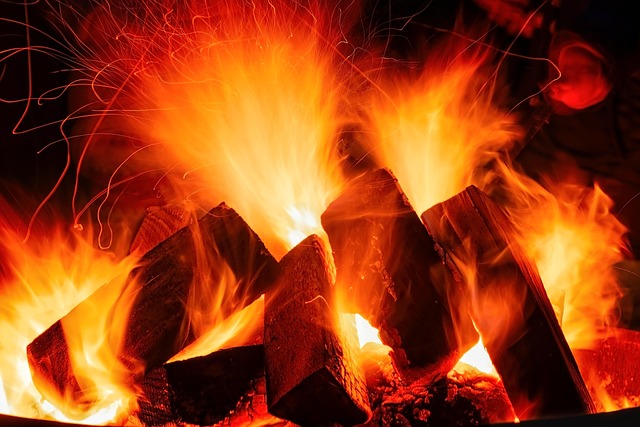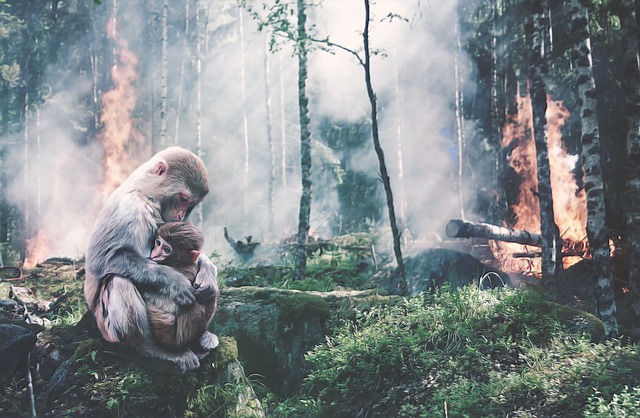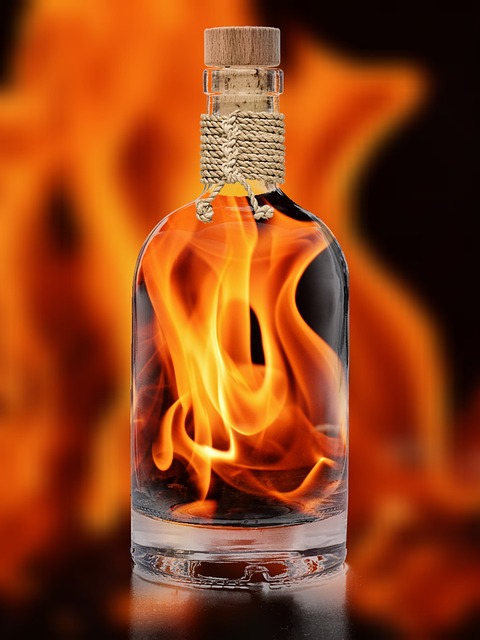Identifying common causes of house fires in Schertz homes, such as kitchen accidents, electrical malfunctions, and dry weather conditions, is crucial for prevention and post-fire restoration. Smoke from these fires can cause long-term damage, requiring thorough cleaning to remove soot, odors, and hidden residues, ensuring a safe living environment.
In the aftermath of a fire, smoke damage can leave devastating remnants on every surface within a Schertz home. Understanding the common causes of house fires in these areas—from electrical malfunctions to accidental cooking disasters—is key to effective restoration. This article delves into the impact of smoke on various surfaces and explores post-fire cleaning strategies, guiding homeowners through the process of restoring their Schertz residences after such traumatic events.
- Uncovering Schertz Home Fire Triggers
- The Impact of Smoke on House Surfaces
- Effective Cleaning Strategies for Post-Fire Restoration
Uncovering Schertz Home Fire Triggers

In Schertz homes, understanding the common causes of house fires is paramount for prevention and swift response. Kitchen accidents top the list, with unattended cooking being a frequent trigger. Unprotected candles and electrical malfunctions also contribute significantly to fire hazards. Spilling flammable liquids, such as cleaning products or gasoline, inside or near the home can easily ignite and cause destructive fires.
Furthermore, space heaters and fireplaces, while adding warmth, require careful handling and regular maintenance to avoid becoming potential fire sources. Dry weather conditions in Schertz can exacerbate issues with electrical wiring, increasing the risk of sparks and short circuits. Identifying these common causes allows homeowners to implement preventive measures, ensuring a safer living environment.
The Impact of Smoke on House Surfaces

Smoke from house fires can leave a lasting impact on surfaces throughout a Schertz home. While immediate damage might be visible, such as charred walls and melted fixtures, deeper issues often go unnoticed. The chemical composition of smoke includes a mix of toxic gases, fine particles, and deposits that can infiltrate various materials.
Common causes of house fires in Schertz homes, like kitchen accidents, electrical malfunctions, or accidental ignitions, release these harmful elements into the air. Over time, they settle on surfaces, leading to discoloration, odor retention, and potential structural damage. Even after the fire is extinguished, residual smoke can continue to degrade materials, making thorough cleaning and restoration treatments essential for a safe and healthy living environment.
Effective Cleaning Strategies for Post-Fire Restoration

Post-fire restoration involves a meticulous process to clean and repair smoke-damaged surfaces, ensuring Schertz homes return to their pre-fire condition. The first step is assessing the extent of damage caused by the common causes of house fires, such as kitchen accidents, electrical malfunctions, or heating system issues. These incidents can leave behind not only visible soot and ash but also pungent odours and hidden residues that require specialized attention.
Effective cleaning strategies involve a combination of physical removal techniques like brushing and scraping for solid debris, followed by using appropriate solutions to tackle greasy residue and charred surfaces. For areas with moderate to severe smoke damage, professional restoration teams may employ advanced equipment like high-pressure washers or steam cleaners. Additionally, air filtration systems are crucial to eliminate lingering odours and ensure the indoor environment is safe and healthy for occupants.
In light of the common causes of house fires in Schertz homes, understanding the impact of smoke on surfaces is key to effective post-fire restoration. By employing targeted cleaning strategies outlined in this article, homeowners can ensure their properties are safely restored after a fire incident, minimizing damage and maximizing recuperation efforts.
